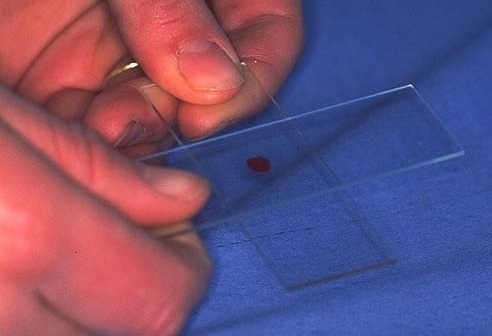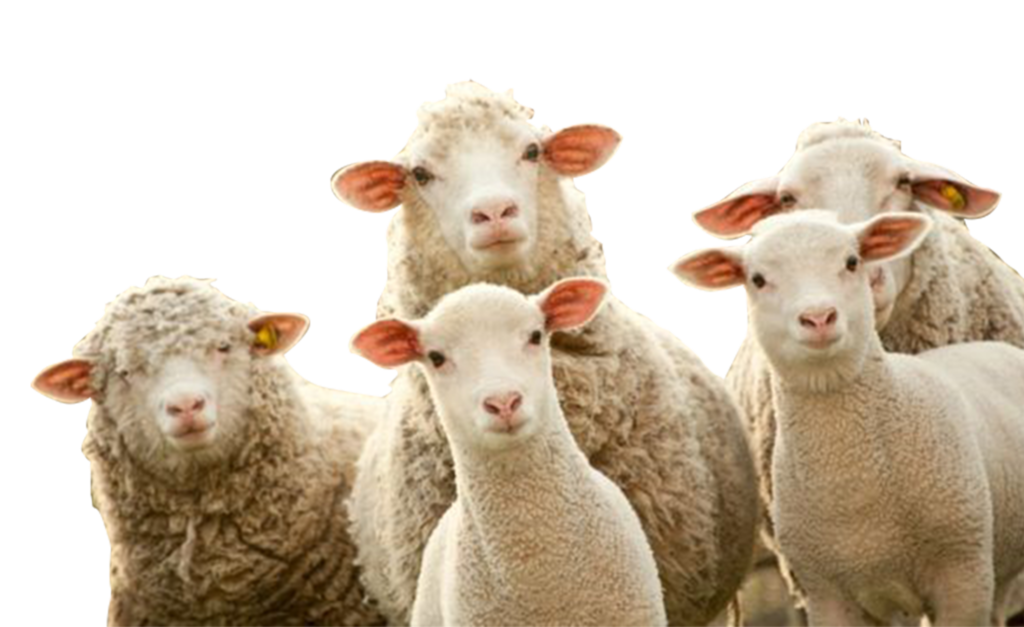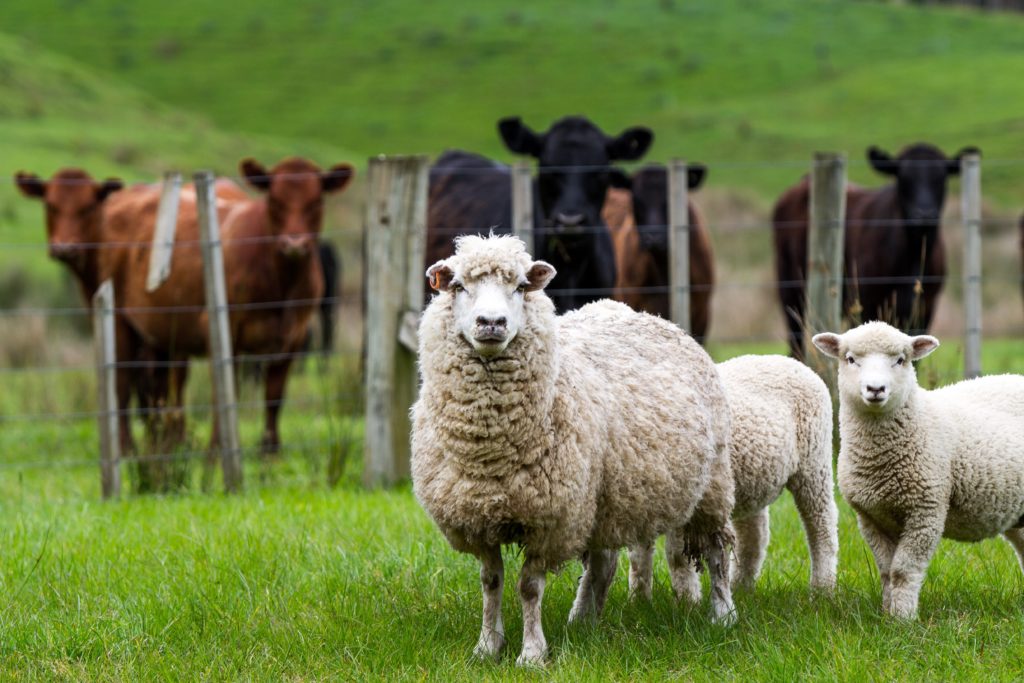Brush up your cytology smears
SANDY WELTANThere are many advantages to performing cytology. It is generally quick and simple to perform with rapid results, inexpensive and minimally invasive.Inconclusive results from non-diagnostic slides are a source of frustration for the practitioner and the pathologist. A good slide contains an adequate number of intact, appropriately stained cells in a monolayer which is […]









